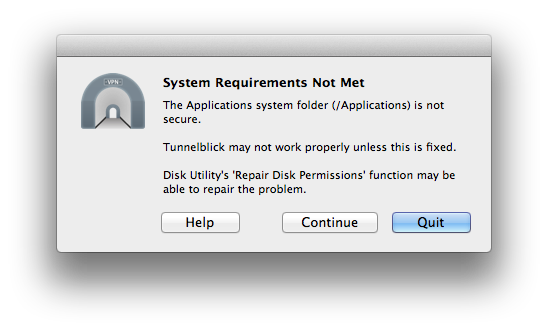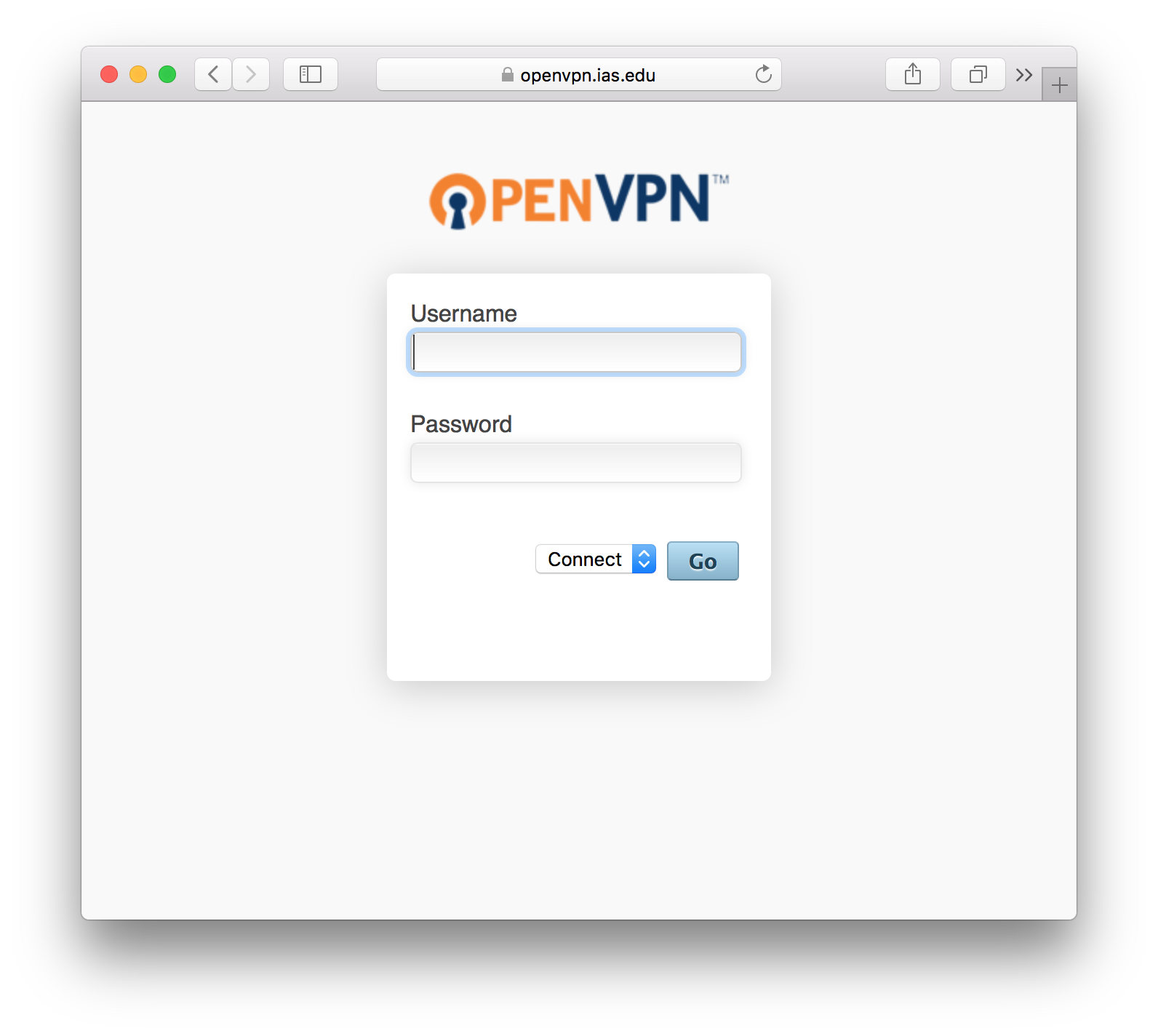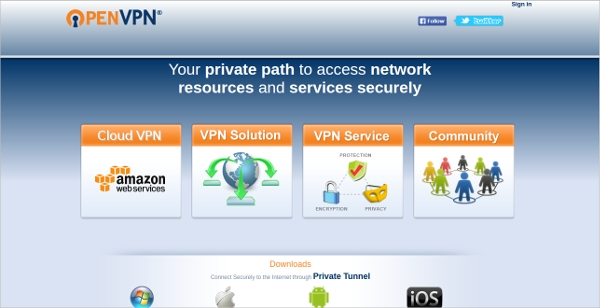

- Serve openvpn on mac how to#
- Serve openvpn on mac install#
- Serve openvpn on mac password#
- Serve openvpn on mac download#
- Serve openvpn on mac free#
In the rare case that your router doesn’t support dynamic DNS, there’s software you can install on your server to monitor your IP instead. Simply sign up for a service and configure your router to use it. I use NoIP, which is free, but there are plenty of options out there. If your ISP doesn’t provide static IP addresses, or you haven’t paid for one, you’ll have to set up dynamic DNS on your router instead, which gives you a web address you can use to connect to your home network from afar. Only your ISP can provide this, and not all do.) (Note: This is not the same as the static IP we discussed in the last section this is a static IP for your whole network-not one computer. Have you paid your ISP for a static IP? If so you can skip this step and use that IP to connect to your VPN. Depending on your router setup, you may also want to set up a local static IP for that Mac. How you do this will depend on your router again, read our article on port forwarding for more information.
Serve openvpn on mac how to#
RELATED: How to Set Static IP Addresses On Your Router But to summarize, you need to start by accessing your router’s admin interface by typing your router IP address into a web browser.įrom there, you need to find the port forwarding settings, and forward the following ports to your macOS Server’s IP address: We’ve talked about setting up port forwarding in the past, so read that article for more detail. If you use a non-Apple router, however, you’ll need to set things up yourself. RELATED: How to Forward Ports on Your Router
Serve openvpn on mac free#
Feel free to skip this section, and follow the prompts when they come up later. If you own an Apple AirPort router, congratulations: macOS Server will do this automatically when you set up your VPN. Step Two: Set Up Port ForwardingĬonnecting to your VPN requires port forwarding, which needs to be configured at the router level. In order to use the VPN, however, we need to configure a few things on your network.

It’s not as complicated as it sounds, we promise.įeel free to launch the software after installing it will configure a few things and then be more or less ready for you. Apple’s AirPort routers make things very simple thanks to integration, but most routers should work fine.
Serve openvpn on mac download#
Serve openvpn on mac password#
Click the box next to Save in Keychainto save the username and password for future connections.

Enter your LimeVPN login (e-mail address) and password. You may be asked for your VPN login and password. If so, enter your system username and passwordĬlick on the Tunnelblick icon to bring down the dropdown menu and click on Connect Server, (“selected server-from the list of servers”) Select for which user(s) you want to installation to be active (recommended Only me), (an administrator username and password will be required to install files).Įnter your system administrator password to fix permissions for the configuration files. Select the serverSelect the server you want to install config for, and double-click on it. Double-click the Tunnelblick configuration folder (with.


 0 kommentar(er)
0 kommentar(er)
